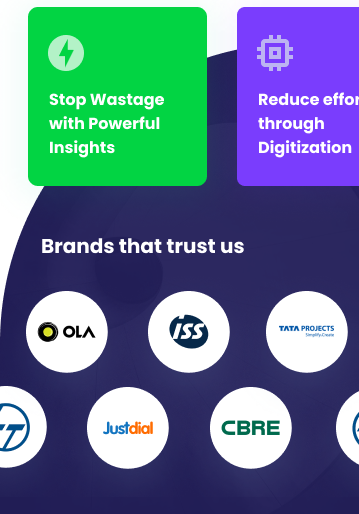Facility managers are at the forefront of creating efficient, sustainable, and safe buildings. With the integration of real-time data, they now have the power to gain actionable insights, optimize resources, and elevate operational excellence. Let’s dive into how real-time data transforms facility management and why it’s indispensable for today’s professionals.
Data Insights & Key Facts
- Buildings account for 40% of global energy consumption, and up to 30% of that energy is wasted due to inefficiencies.
- Facility managers spend nearly 50% of their time troubleshooting issues that could be prevented with proactive monitoring.
- Real-time data can reduce energy costs by up to 20% and improve equipment efficiency by 15%-20%.
1. Enhanced Decision-Making
Real-time data equips facility managers with precise, up-to-the-minute information about building performance. For instance, if an HVAC system shows abnormal energy usage, managers can immediately investigate and resolve the issue, avoiding service interruptions and costly repairs.
2. Proactive Maintenance
Continuous monitoring of equipment health enables facility managers to predict failures before they happen. Sensors and IoT devices provide alerts about anomalies, allowing timely intervention. This approach minimizes downtime, lowers repair costs, and extends the lifespan of building assets.
3. Improved Energy Efficiency
Energy usage insights derived from real-time data allow facility managers to identify inefficiencies and adjust operations for maximum efficiency. For example, integrating occupancy data with lighting and HVAC systems ensures energy is only used where and when it’s needed.
4. Enhanced Occupant Comfort
Real-time monitoring of indoor air quality, temperature, and humidity helps create optimal conditions for building occupants. Quick responses to discomfort reports or system malfunctions lead to higher occupant satisfaction and productivity.
5. Cost Optimization
Real-time data supports cost optimization by pinpointing inefficiencies, reducing resource wastage, and avoiding expensive repairs. For example:
- Early detection of water leaks saves resources and repair costs.
- Fine-tuning energy systems based on data insights cuts down utility expenses.
6. Regulatory Compliance & Reporting
Facility managers can use real-time data to ensure compliance with safety, energy, and environmental regulations. Automated data collection simplifies reporting processes and reduces manual errors, helping meet stringent industry standards efficiently.
7. Emergency Preparedness
During emergencies like equipment failures or natural disasters, real-time data offers critical support. Instant alerts help facility managers act quickly, minimize damage, and ensure occupant safety. Data also supports informed decision-making for emergency response teams.
8. Streamlined Operations
By providing a central source of truth, real-time data streamlines workflows across facility management teams. This improves communication, reduces redundancies, and ensures that operational goals are met efficiently.














